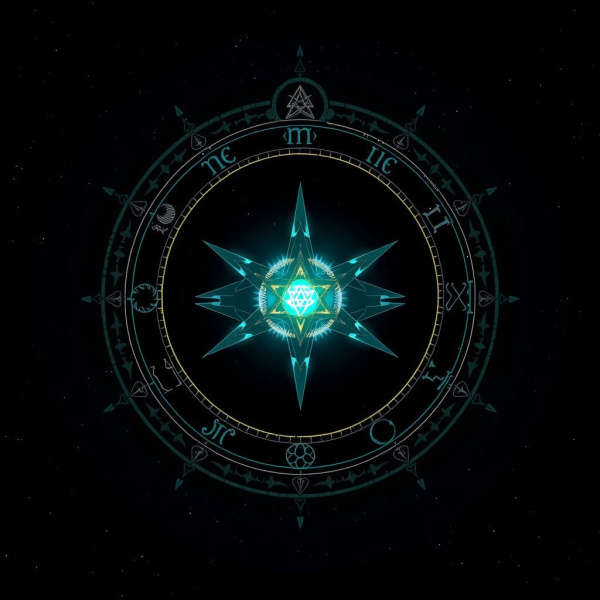Astral Necromancy: Difference between revisions
| Line 11: | Line 11: | ||
= '''History''' = | = '''History''' = | ||
== | == Antique Origins == | ||
Early necromancy was related to – and most likely evolved from – forms of shamanism or prehistoric ritual magic that calls upon spirits such as the ghosts of deceased forebears. Classical necromancers addressed the dead in "a mixture of high-pitch squeaking and low droning", comparable to the trance-state mutterings of shamans. Necromancy was prevalent throughout antiquity with records of its practice in ancient Egypt, Babylonia, Greece, ancient Etruria, Rome, and China. In his Geographica, Strabo refers to ''νεκρομαντία'' (nekromantia), or "diviners by the dead", as the foremost practitioners of divination among the people of Persia, and it is believed to have also been widespread among the peoples of Chaldea (particularly the ''Hermeticists'', or "star-worshipers") and Babylonia. The Babylonian necromancers were called ''manzazuu'' or ''sha-etemmu'', and the spirits they raised were called ''etemmu''. | |||
== Israel & Forbidden Lore == | == Israel & Forbidden Lore == | ||
Revision as of 23:02, 19 January 2025
On the Nature of Astral Necromancy
Astral Necromancy differs somewhat from other forms of the necromancy in that it was largely practiced by an clerical underground that exchanged secrets of the art back and forth across Europe from the twelfth century onwards.
The key elements of Astral Necromancy are astrology, use of ceremonial circles and demonology. Each of these practices are occult fields in and of themselves, this blending of other esoteric arts with Necromancy creates a powerful fusion of occult pursuits that magnifies the efficacy of necromancy already dark allure.
Similar to other forms of necromancy the Astral practices are bound by the opposing concepts of Authority and Taboo. Practitioners can approach Astral death magic from either direction, but with radically different procedures and side-effects. Authoritarian practice assumes the caster to be altruistic or morally pure which usually translates into ritual purity rather than true piety. Tabooist practitioners by comparison must delve into degradation and impurity in order to empower themselves. Each approach has strengths and weaknesses. Authoritarian necromancers tend to grow slowly in power and last longer than their tabooist counterparts whose powers peak quickly but tend to burnout all too often.
History
Antique Origins
Early necromancy was related to – and most likely evolved from – forms of shamanism or prehistoric ritual magic that calls upon spirits such as the ghosts of deceased forebears. Classical necromancers addressed the dead in "a mixture of high-pitch squeaking and low droning", comparable to the trance-state mutterings of shamans. Necromancy was prevalent throughout antiquity with records of its practice in ancient Egypt, Babylonia, Greece, ancient Etruria, Rome, and China. In his Geographica, Strabo refers to νεκρομαντία (nekromantia), or "diviners by the dead", as the foremost practitioners of divination among the people of Persia, and it is believed to have also been widespread among the peoples of Chaldea (particularly the Hermeticists, or "star-worshipers") and Babylonia. The Babylonian necromancers were called manzazuu or sha-etemmu, and the spirits they raised were called etemmu.
Israel & Forbidden Lore
Sources
https://en.wikipedia.org/wiki/Necromancy
---
https://en.wikipedia.org/wiki/Medieval_European_magic
---
https://en.m.wikipedia.org/wiki/Sorcery_(goetia)
---
https://en.wikipedia.org/wiki/Theurgy
---
https://en.m.wikipedia.org/wiki/Munich_Manual_of_Demonic_Magic
---
https://tobiasmastgrave.wordpress.com/2013/04/05/goetic-magic-its-history-and-uses/
---
https://ia800305.us.archive.org/14/items/pdfy-4Rxf8pz0BPZve9E5/_lcsyIJwV.pdf
---
https://en.m.wikipedia.org/wiki/Stars_in_astrology
---
https://en.m.wikipedia.org/wiki/Decan_(astrology)
---
https://en.wikipedia.org/wiki/Demonology
---
https://www.chapterly.com/name-generator/creature/demon
